Chinese factories boom while Japan’s are in reverse
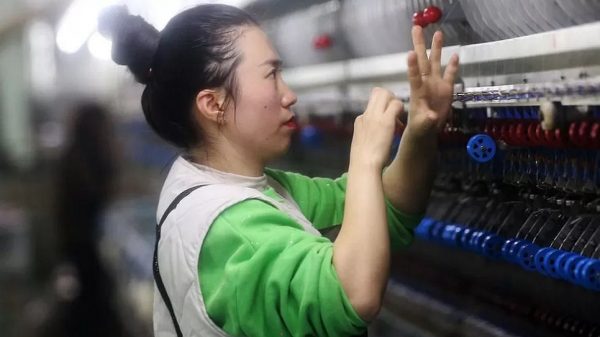
Shawdesh desk:
Manufacturers in Asia’s two biggest economies are performing very differently after the pandemic.
Factory activity in China expanded last month at the fastest pace in more than a decade, official figures show.
However, in Japan manufacturing activity shrank in February at the fastest pace in over two years.
Firms around the world are balancing reopening as Covid restrictions ease against rising costs of everything from energy to workers’ wages.
China’s manufacturing purchasing managers’ index (PMI) rose to 52.6 from 50.1 in January, according to China’s National Bureau of Statistics. It was the highest monthly reading since April 2012.
PMIs are a measure of economic trends which provide businesses, central banks, governments and investors important information about current and future business conditions.
The PMI is shown as a number from 0 to 100. A reading above 50 shows expansion in activity compared to the previous month. A number below 50 indicates contraction. The further the figure is away from 50 the greater the amount of change.
China’s much better-than-expected performance came after the strict coronavirus measures in the world’s second largest economy were eased late last year.
The country saw one of its worst years in nearly half a century in 2022 due to widespread lockdowns and outbreaks of Covid-19.
Meanwhile, in Japan a private manufacturing PMI fell to 47.7 in February from January’s 48.9, marking the fastest fall since September 2020.
The data underscored the major issues faced by businesses in the country – which is the world’s third largest economy – including a global slowdown, the soaring cost of raw materials and calls for firms to raise wages for their workers to help ease a cost of living crisis.
The figures came a day after Japanese government data showed the country’s factories, notably car makers and computer chip producers, cut output in January at the fastest rate in eight months.


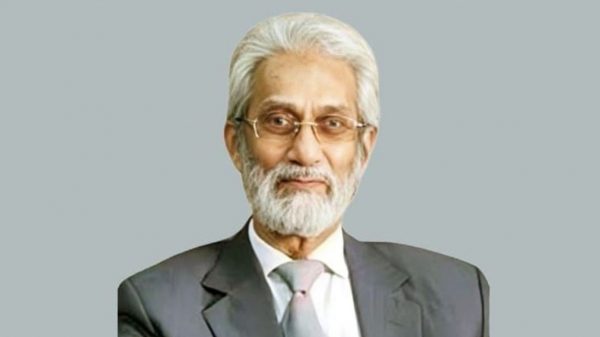



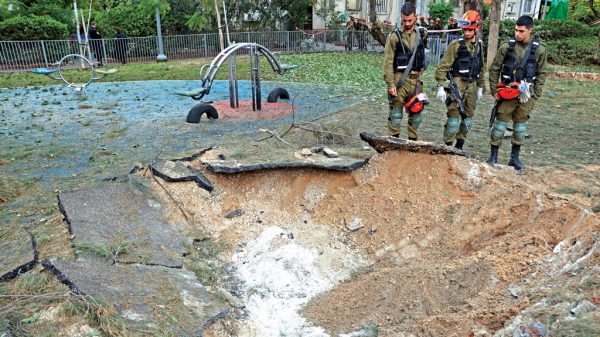
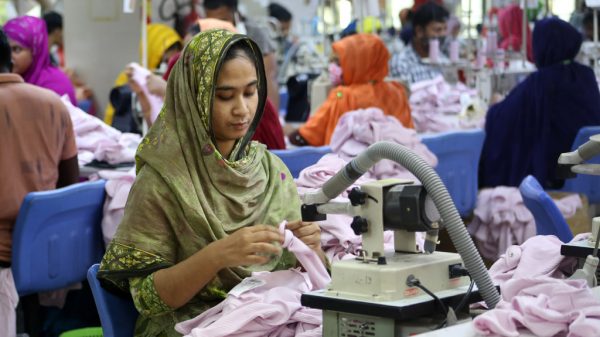
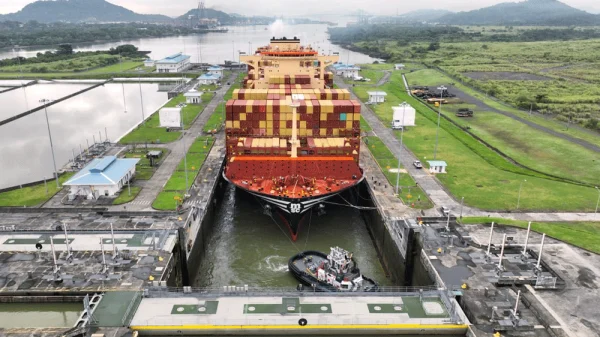



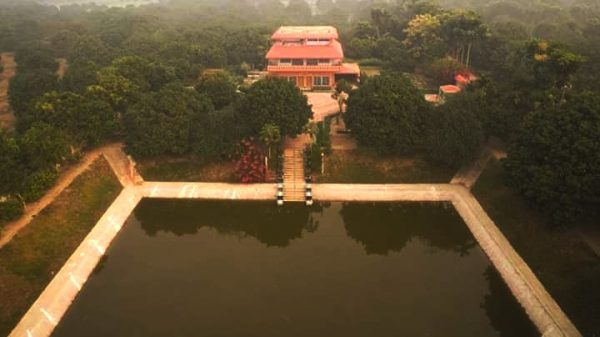

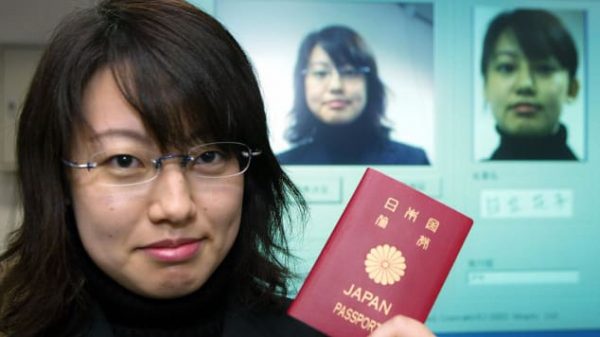


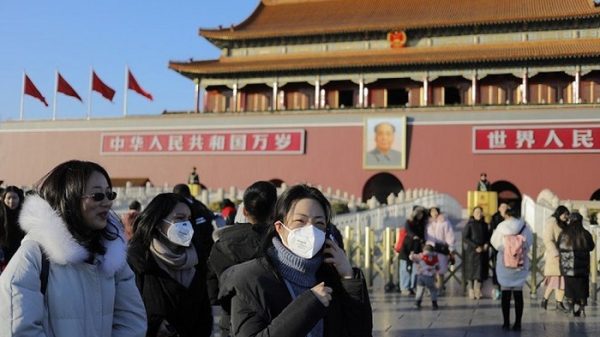





Leave a Reply